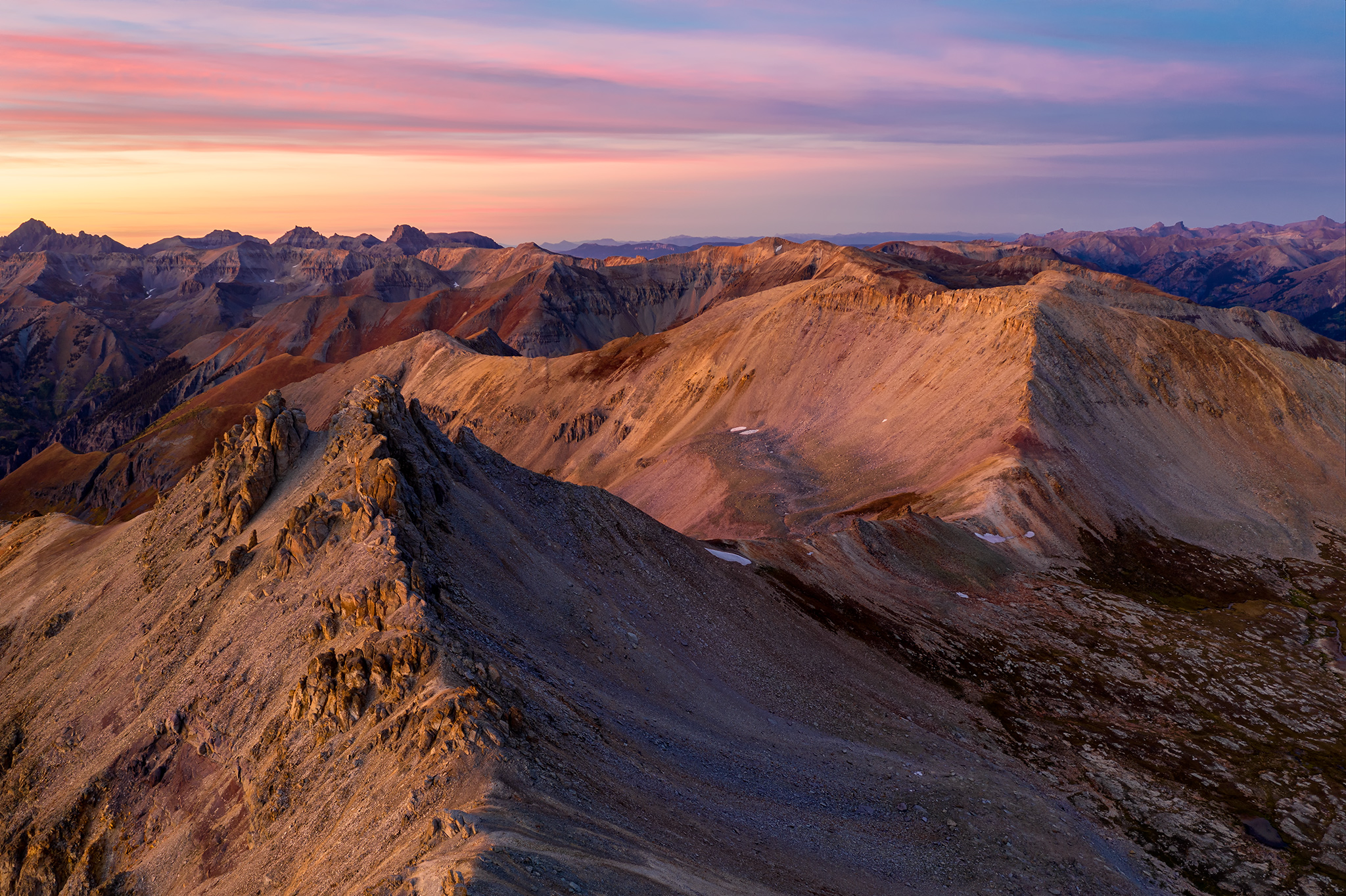Instead of HDR, average 4 or more shots of the same image. The article says every time you double the number of shots you reduce noise by 1 stop, increasing dynamic range by that same amount by opening up the shadows. Some pros and cons in the article. Your thoughts?

 photographylife.com
photographylife.com

Averaged High Dynamic Range Technique (AHDR) Explained
A technique I recently learned allows you to capture lots of dynamic range in photography with better results and fewer downsides than traditional HDRs. I call it “AHDR” for “Averaged High Dynamic Range” photography.
 photographylife.com
photographylife.com

